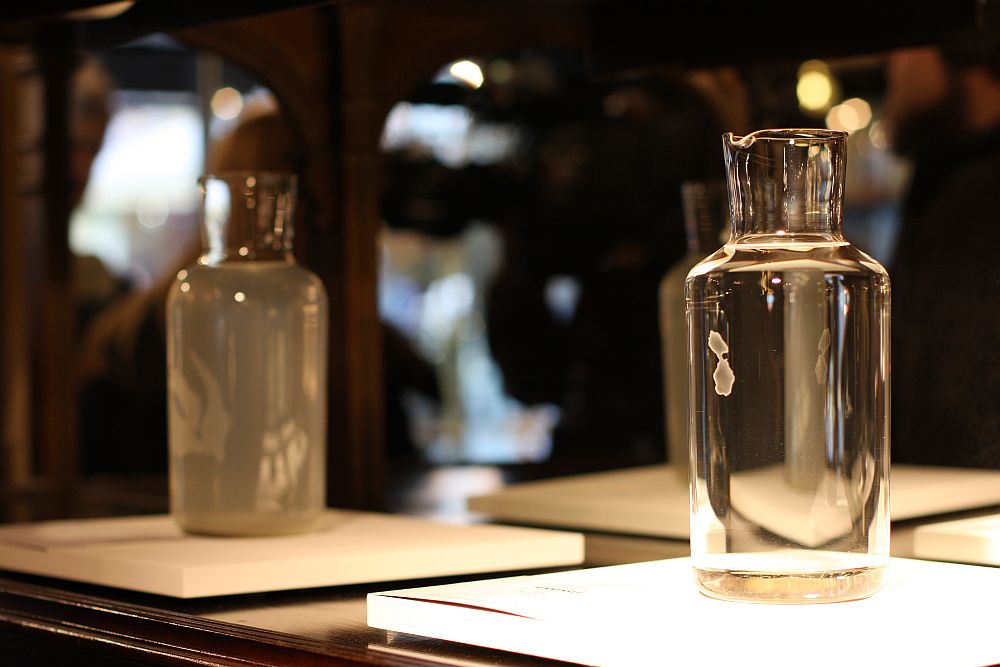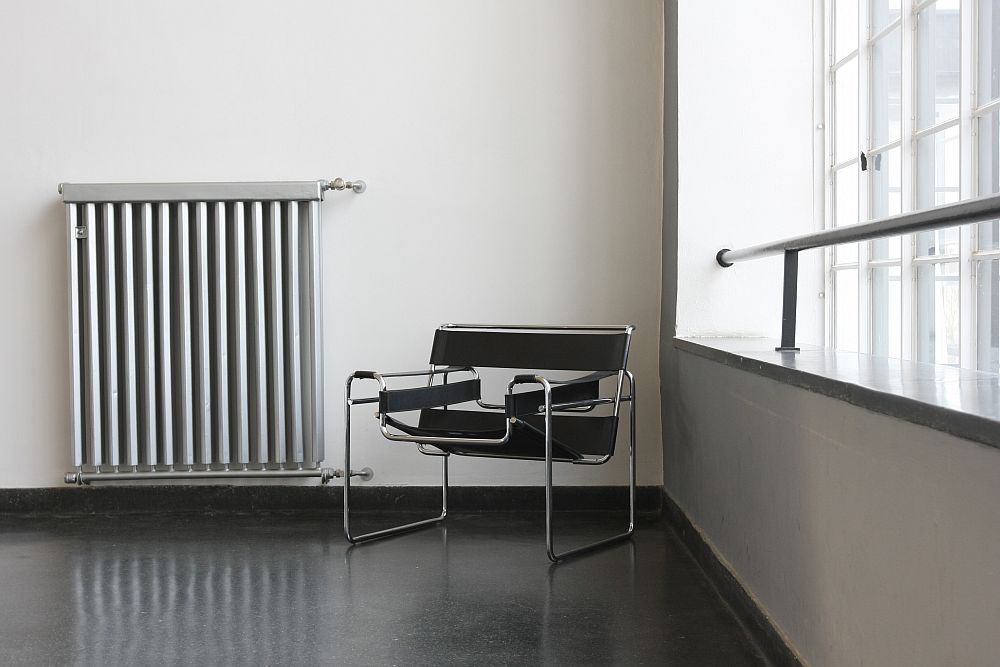
Back in September droog "released" a diamond studded car tyre as part of their Fantastical Investments project.
We fear the good folks at ECAL/University of Art & Design Lausanne may have taken the project a bit too literally, for as we learned the other day they offer a Master of Advanced Studies in, wait for it, you won't believe us: Luxury Industry & Design
Honestly.
Luxury Industry & Design
Forget everything you learned from our post on "Warum Gestalten ?" at the HFBK Hamburg.
The future role of design is serving ...... well, to be honest we're not really sure.
In the blurb for the course the ECAL speak about Switzerland as being a vanguard of exclusive and luxury goods. A claim which obviously sets a thousand alarm bells ringing in the (smow)blog HQ and for us flags up the course as little more than an attempt by Swiss producers whose reputation for quality was the foundation for their success to extend their brand through marketing the "Swiss quality" by which they define their brand.
Regardless if they actually offer real quality or not.
As such we suspect that the ECAL's definition of luxury is heavily centred on price and social association.
And certainly a quick look at one or the other of the "industry partners" would seem to confirm our worst fears.
We'll not go into details. Lawyers read this blog you know.
We have, in principle, no problem with companies collaborating with young designers to see what results, what new forms of innovation or new approaches to the brand develop. Such is a central feature of the Passionswege at Vienna Design Week. And Passionswege is for us the highlight of Vienna Design Week.

We do however have problems when colleges charge CHF 8000 for a nine month course covering such topics as "Traditional know-how" or "Luxury and equipment".
But not the module "Does luxury exist ?"
Probably because it doesn't.
It's a marketing term like "controlled farming" or "quality inspected", and is beloved by estate agents and others for whom the commission on the sale is more important than selling the customer something that is actually good.
We would argue that there are high quality products that have a high-end price because of what they are and how they are created. Products which amongst a large section of society become coveted and through their inevitable unattainability carry the popular label "luxury".
And then you have the garish socially offensive extravagance most of us probably associate with the Russian nouveau riche und English Premier League footballers.
Yes, you can have your car chrome-plated. But that is simply the confirmation that you are a tasteless oaf best avoided.
In our modern fast moving media driven world marketing bods love to deliberately muddy the borders between the two; expensive being confused with quality and image with substance.
And it is of course in this world that, for example, Bauhaus becomes a by-word for "luxury", rather than an attempt to realign our approach to the creative and productive industries.
The results of this blurring of reality can of course be seen at every furniture trade fair with producers of hideous leather sofa ensembles or tasteless shelving units presenting them as offering "Luxury in your living room" or "Bringing harmony to your home"
While those furniture producers who offer real quality never use the word "luxury". Because they don't have to. They offer quality. And that, at the end of the day, is what we all really want.
Regardless if in terms of our furniture, cars, relationships, holiday hotels or our Wednesday evening pie & pint.

One could obviously see the course as a response to the current harsh realities faced by designers, and as presenting an opportunity to diversify and to produce items with a higher retail value. We just don't really understand why a designer would see the need to do a post-graduate course in order to achieve that.
And we've played through a thousand scenarios this afternoon.
But then for us it is all in any case just simply appalling.
To be fair we haven't spoken to anyone involved, be they student, lecturer or industry partner. But we will. Because we do want to know more. To understand the motivations.
And to ask, why.
And for whom.